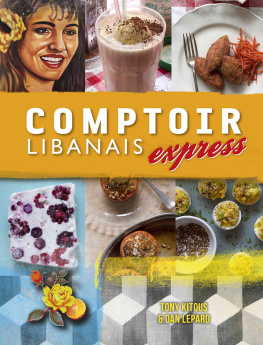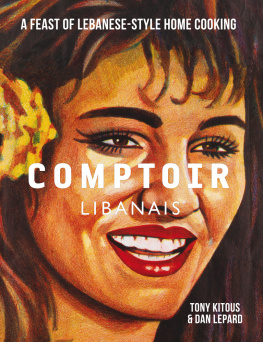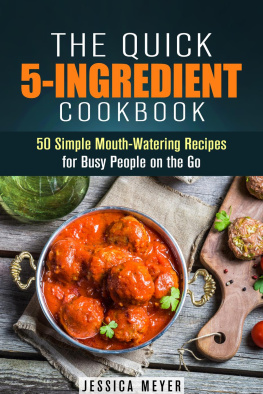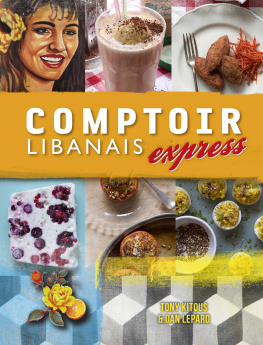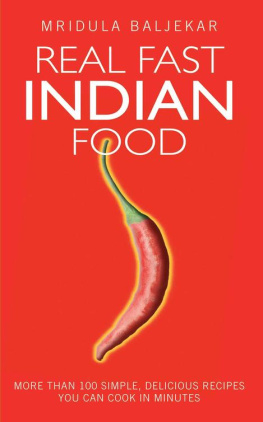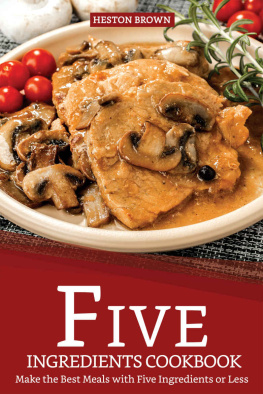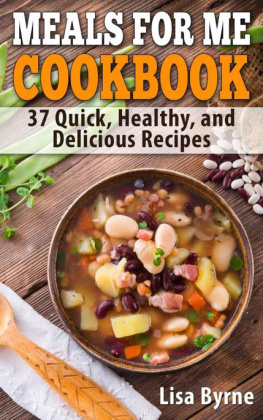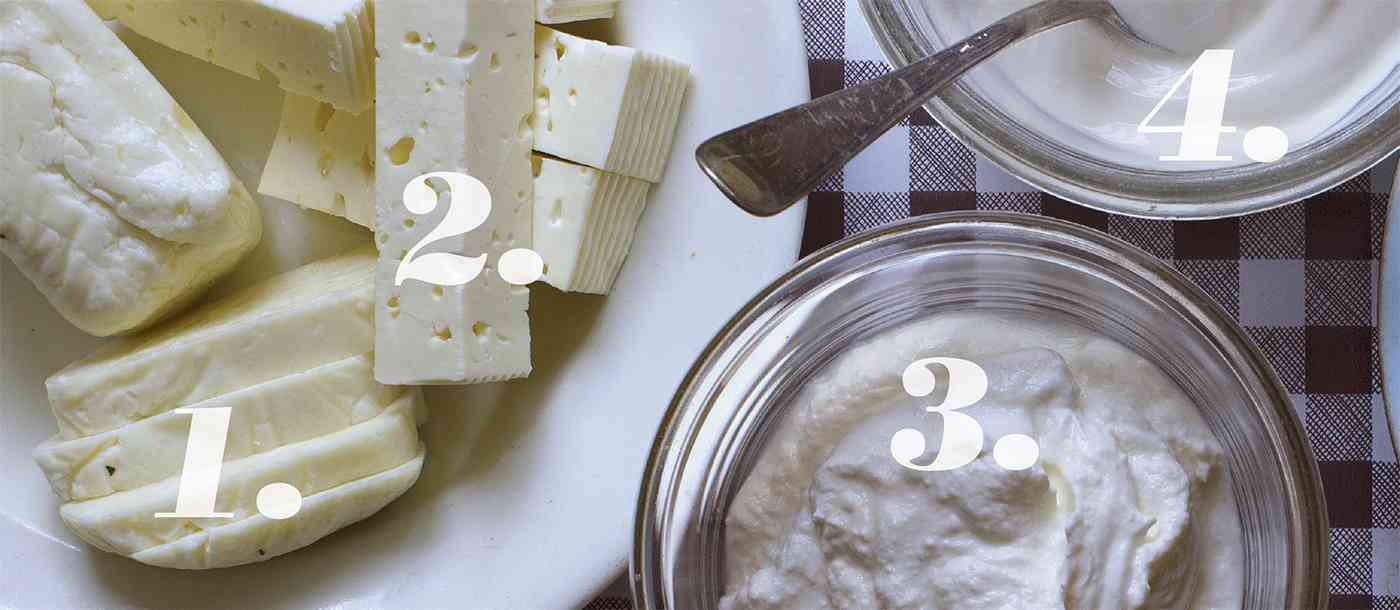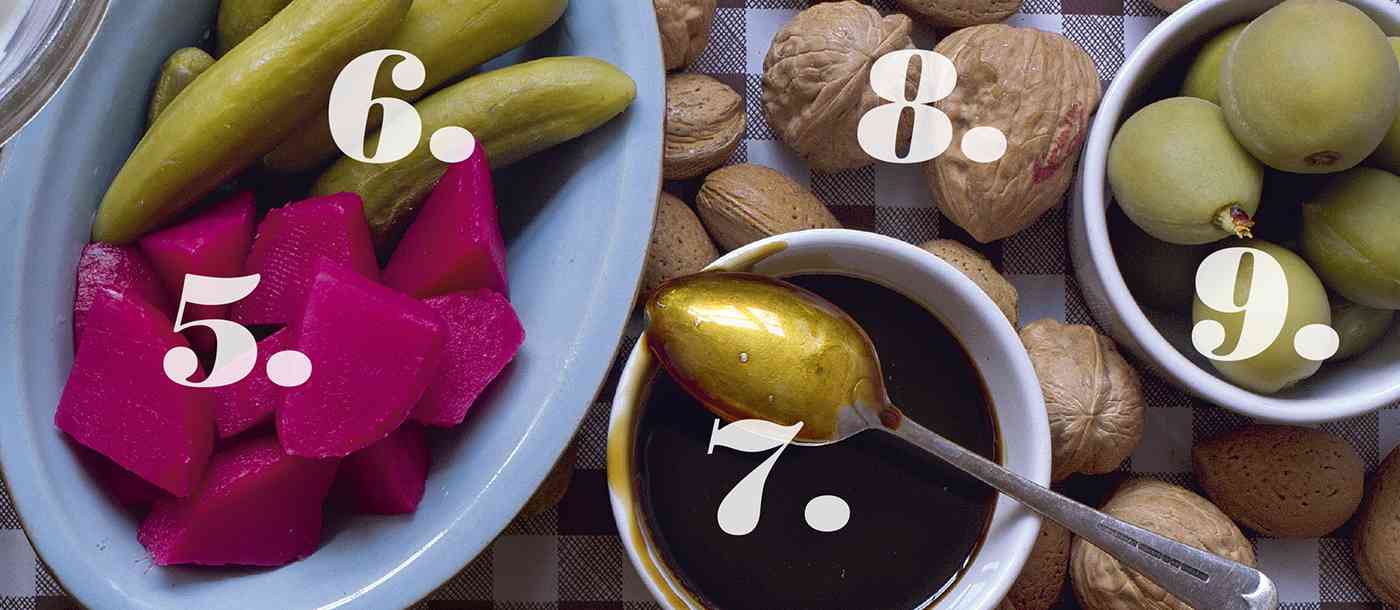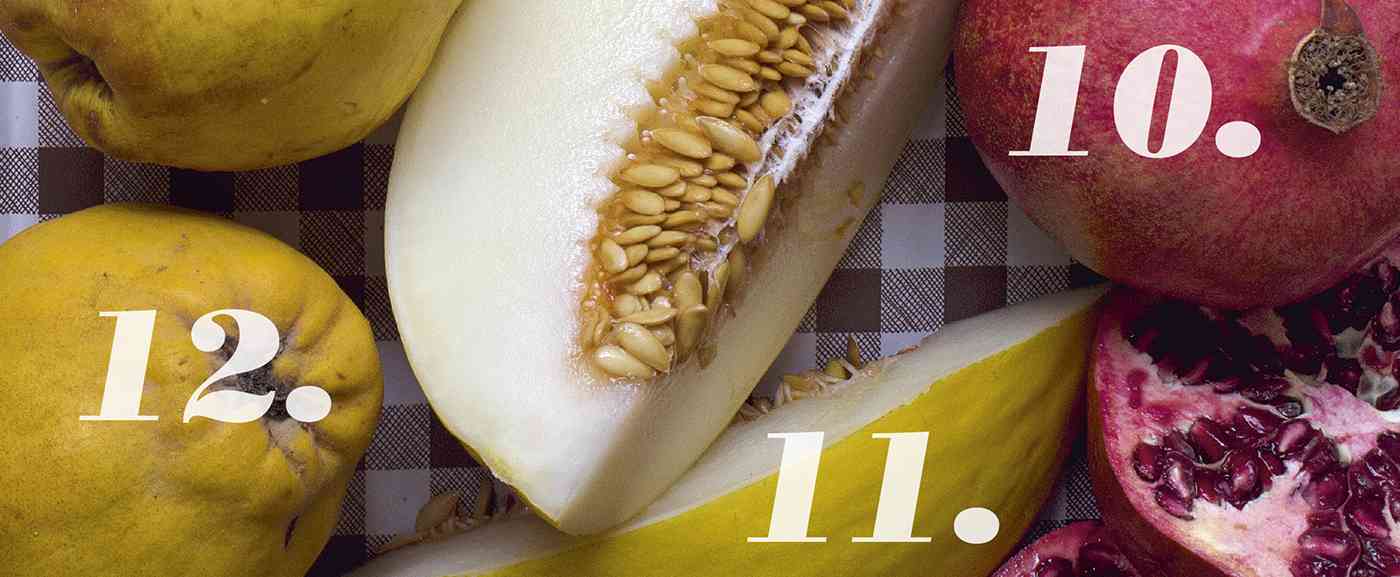When youre buying fresh pomegranate, go for the heaviest ones that are firm all over, without bruising Melon, ice-cold and cut fresh, is perfect served after a meal. One of the simplest and best desserts I know Quince is one of the most revered fruits. Either bake them whole or peel, core and simmer barely covered in water until soft
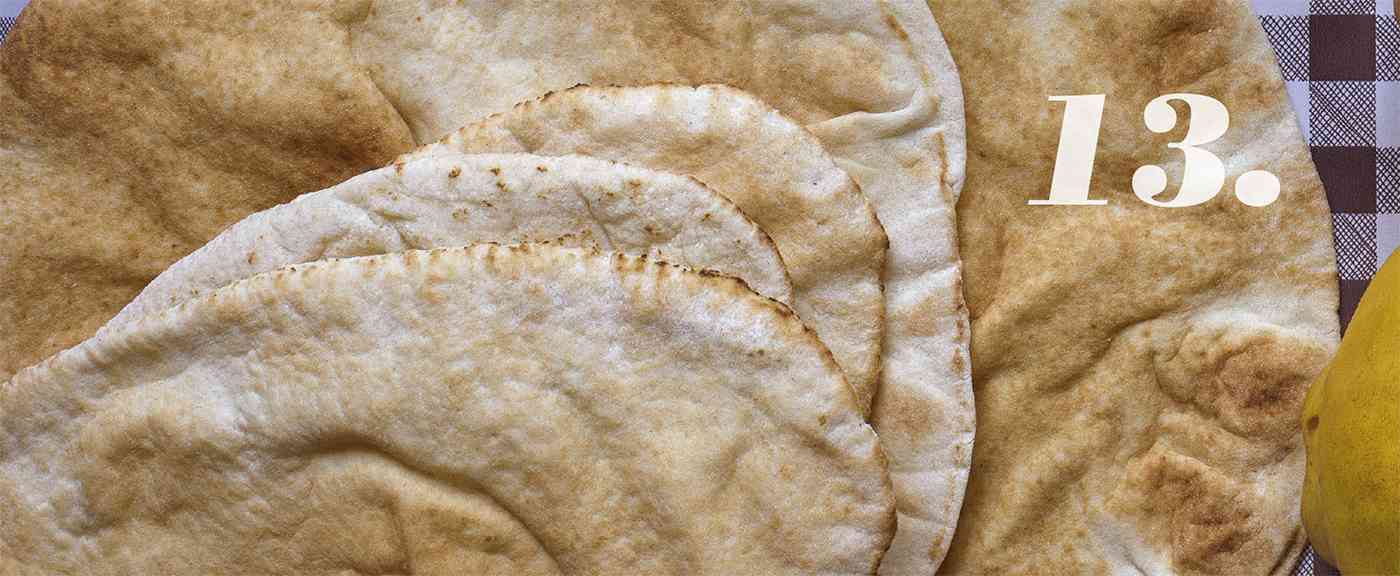
Keep a stack of flatbreads well-wrapped in the freezer as they warm in minutes in a hot oven. Essential for every mezze table.
Allspice is one of the principal spices used in Lebanese cuisine. It is the dried fruit of the Pimenta Dioica tree and is believed to have been called allspice by the British, who thought it combined the flavours of cinnamon, cloves and nutmeg. It lends a warmth and earthy flavour to Lebanese food and is subtly able to lift dishes that might initially appear quite bland.

You can use cider vinegar in place of Lebanese apple vinegar, though the flavour is not as complex. Traditionally we make it each autumn by simply chopping the apples without peeling or coring, then we place them in a barrel and leave them somewhere warm for a few months until the fermentation has slowed and the liquid has a rich vinegar aroma. Lebanese apple vinegar has a dark golden colour and is slightly cloudy, as its unfiltered and retains more of the apple. We use it often in marinades, as its very good with grilled meats, or sometimes on a salad Ill use it in place of lemon juice. If you have the time, you can intensify the flavour of shop-bought cider vinegar by grating 12 raw apples into a bowl containing 500ml cider vinegar, covering it with a cloth, and leaving it at room temperature for a week before straining and rebottling. This will give the cider vinegar much more flavour.

Perhaps the most important vegetable we use at Comptoir, and in Lebanese cooking. When its cooked its texture is porous enough to hold the oils, spices and sauces you mix it with, while adding a flavour that softens rather than dominates the dish. The most famous recipe is perhaps baba ghanoush, made by roasting eggplants, peeling the skin off, mixing the finely chopped flesh with tahini until thick, then adjusting the flavour to taste with lemon juice, mashed raw garlic, chopped parsley and salt. See for my twist on the classic version my red baba ghanoush.
A Middle Eastern spice mix that varies according to the country and to the cook each has their own and many argue endlessly over the precise balance of spices. In Morocco rosebuds are added to the mix
You can buy Baharat at some specialist supermarkets in the UK, but its easy to mix it yourself at home too: 1 teaspoons of paprika with 1 teaspoon each of ground black pepper and cumin, teaspoon each of ground coriander, cinnamon, clove and nutmeg, and teaspoon of ground cardamom. Store in a jar and use within 3 months. Baharat spice is excellent mixed with yoghurt and used as a simple marinade on meat before grilling or baking. You can also combine mixed spice with paprika, cumin and black pepper for a similar flavour.

The most popular cured meat in Lebanon is this cured beef, similar to the Italian bresaola or the American pastrami, though with a much stronger, more distinctive spiced flavour. Its made by salting the meat, then squeezing out any liquid before rubbing it with a paste of spices. Basturma has a deep rich flavour that suits soft, mild-flavoured cheeses and pickles so will most commonly be served as part of a mezze spread. Basturma is quite hard to find in the UK and although you can substitute it with bresaola or pastrami, you could also make something more akin to it yourself by sprinkling slices of cooked beef with a mixture of ground cumin, fenugreek, chilli powder and paprika, and leaving them to sit for 1 hour in the fridge before serving.

